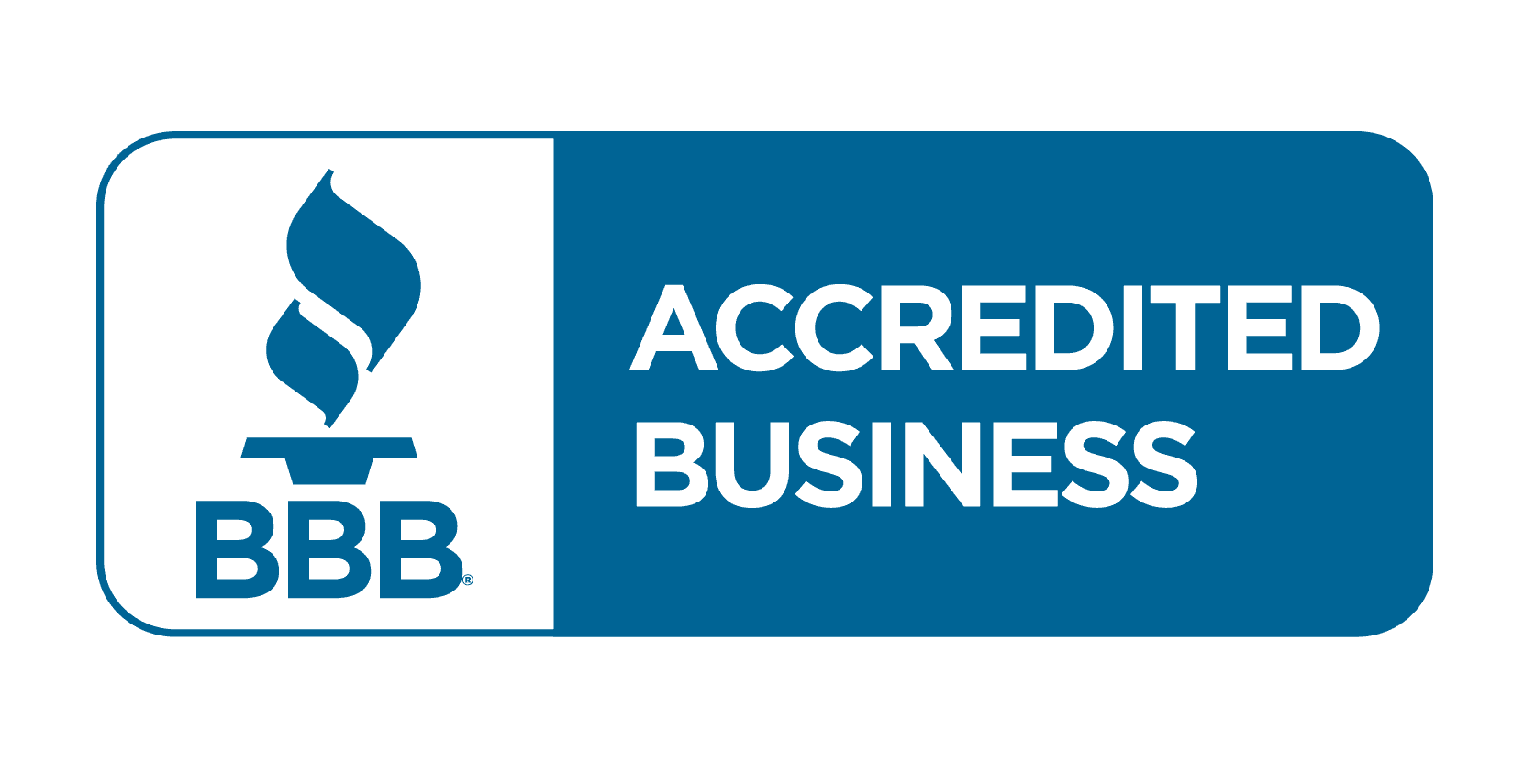When you’ve been in a car accident in Charlotte, one of the first and most jarring indicators of the collision’s severity is the deployment of your airbag. While airbags are designed to protect you during impact, their deployment often signals a forceful crash—and sometimes, serious injury.
In a Charlotte car accident, an airbag deployment can affect an injury claim by indicating how serious the accident might have been.
But as the dust settles and the adrenaline fades, the question arises: What now? The steps you take next—especially when an airbag has deployed—can determine not only your health outcomes but your legal and financial future.
In this article, our Charlotte car accident lawyers will cover the importance of legal representation, how liability is determined under North Carolina law, why establishing fault early is essential, how shared fault can affect compensation, what to do immediately after a crash, and how the attorneys at Auger & Auger can help you move forward with confidence.
The Importance of Legal Representation
When an airbag deploys during a crash, it usually indicates a high-impact collision—one that often results in serious injuries, extensive vehicle damage, and complex insurance claims.
While airbags are designed to save lives, they can also cause injuries themselves, such as burns, broken bones, or head trauma. These injuries may not be immediately obvious, and insurance companies may attempt to downplay their severity.
In North Carolina, the stakes are even higher. Because the state follows a pure contributory negligence rule, if you’re found even slightly at fault—just 1%—you could lose your right to recover compensation entirely. This makes airbag cases particularly sensitive. The other driver’s insurance company may look for ways to shift even minimal blame onto you, especially when the crash involves sudden braking, unclear right-of-way, or multiple vehicles.
Having legal representation ensures your injuries, the crash impact, and the role of the airbag are fully understood and accurately presented.
Whether the goal is to pursue compensation from another driver, a commercial carrier, or even a vehicle manufacturer in rare cases involving a defective airbag, legal guidance helps protect your claim from being reduced or denied based on technicalities or vague interpretations of fault.
In short, when an airbag deploys, it signals that the accident—and your case—may be more serious than it first appears. Legal support helps you navigate the added complexity and defend your right to full compensation under North Carolina law.
How Liability Is Determined Under North Carolina Law
Unlike most other states, North Carolina follows a legal doctrine called pure contributory negligence. Under this rule, if you are found to be even 1% at fault for the accident, you are legally barred from recovering any compensation.
This strict liability standard places a significant burden on the injured party to prove they were entirely free of fault. That’s why establishing the facts early—and with clarity—is so important. Liability is typically assessed using police reports, crash scene evidence, medical documentation, dashcam or surveillance footage, vehicle data systems, and eyewitness statements.
When an airbag deploys, it serves as an immediate indication of forceful impact. But that alone doesn’t assign blame. The circumstances of the collision—speed, point of impact, adherence to traffic laws, and driver behavior—must be reviewed in detail. In some cases, expert analysis may be required to reconstruct the sequence of events, especially when the facts are disputed.
In multi-vehicle accidents or in crashes involving commercial drivers or out-of-state parties, the situation becomes even more layered. Insurers can aggressively contest fault, and without a well-documented investigation, your ability to recover compensation can disappear quickly.
Why Establishing Fault Early Is Essential
Time is one of the most valuable tools you have in protecting your case. From the moment the accident occurs, the clock starts ticking—not just on the statute of limitations, but on the availability of evidence. Skid marks fade, traffic camera footage is overwritten, and witness memories become less reliable.
Getting a lawyer involved early helps secure vital proof before it disappears. Your legal team can request black box data from the vehicles involved, subpoena surveillance footage, obtain phone records (in distracted driving cases), and ensure that your injuries are documented thoroughly by appropriate medical professionals.
Early legal involvement also protects you from making mistakes in those critical early conversations. When insurance adjusters call to “get your side of the story,” they’re often looking for anything that might imply partial fault. Even something as simple as “I didn’t see them coming” can be used to argue distraction or lack of awareness.
The sooner you involve an attorney, the sooner your narrative can be shaped with clarity, backed by evidence, and aligned with North Carolina’s strict fault laws.
What Compensation Is Available After an Accident Involving Airbag Deployment?
When you’ve been injured in a crash serious enough to trigger airbag deployment, the financial consequences can be overwhelming. Between emergency medical care, follow-up treatments, time away from work, and long-term recovery needs, the costs quickly add up.
The good news is that if the other driver is found entirely at fault, North Carolina law allows you to pursue compensation for both economic and non-economic damages.
Economic Damages
Economic damages include all tangible, out-of-pocket costs related to the accident. This often covers ambulance transport, hospital stays, surgeries, physical therapy, prescription medications, lost wages, and even future medical care if your injuries require ongoing treatment.
In some cases, you may also be able to recover compensation for damage to your vehicle or other personal property.
Non-economic Damages
Non-economic damages, while harder to quantify, are just as important. These include pain and suffering, emotional distress, loss of enjoyment of life, and—in severe injury cases—loss of companionship or diminished quality of life.
When an airbag deployment leads to permanent scarring, nerve damage, or trauma that impacts your daily routine, these losses deserve recognition.
Punitive Damages
In rare cases involving gross negligence or reckless behavior—such as drunk driving—you may also be eligible for punitive damages.
These are designed to punish the at-fault party and deter similar conduct in the future, though they are awarded only under specific circumstances.
Your total compensation depends on the severity of your injuries, the strength of your case, and your ability to prove that the other driver was fully at fault.
That’s why legal representation is so essential. At Auger & Auger, we work to ensure that every dollar you are entitled to is accounted for—from hospital bills to the emotional toll the accident has taken on your life.
The Direct Impact of Shared Fault on Compensation
In North Carolina, personal injury law is all-or-nothing when it comes to fault. This means that if the opposing party can prove you share even a sliver of blame—1%—your claim may be denied in full.
This makes injury claims following an airbag deployment especially vulnerable. While you may assume that the visible severity of the crash helps your case, the insurance company may look at everything from your speed to your reaction time, your seating position, or even whether you were wearing a seatbelt properly.
Because the stakes are so high, every detail of the accident matters. A skilled attorney will fight to keep the focus on the other party’s negligence and prevent any misplaced blame from interfering with your right to recover damages.
This legal threshold also influences how aggressively insurers defend claims in North Carolina. Knowing they only need to prove a slight fault on your part to avoid payment, adjusters may push harder to find ways to shift the blame—especially when injuries are severe and potential payouts are high.
Key Steps to Take After an Accident
After a crash involving airbag deployment, your actions can strongly influence the outcome of your case. First, always seek medical attention immediately—even if you think your injuries are minor. Airbags can cause hidden trauma, including soft tissue damage, internal bruising, and head injuries that aren’t immediately visible.
Next, try to document the scene if you’re physically able. Take photos of vehicle damage, road conditions, deployed airbags, visible injuries, and anything else that may support your claim. Get the names and contact information of any witnesses, and request a copy of the police report as soon as it’s available.
Avoid admitting fault or making statements to insurance representatives without legal guidance. Even phrases like “I’m sorry” or “I didn’t see them” can be used against you.
Instead, contact an attorney right away. They can communicate with insurers on your behalf and begin building a solid foundation for your case.
Contact Auger & Auger for Legal Guidance
If your airbag deployed in a Charlotte car accident, it’s not just a sign of impact—it’s a sign that you need to take your next steps seriously.
Under North Carolina’s contributory negligence laws, your right to compensation can disappear with a single misplaced assumption of fault. You deserve a legal team that understands how to protect your interests from day one.
At Auger & Auger, we’ve been fighting for accident victims across North Carolina for over 25 years. We’ve handled thousands of car accident cases and know how to deal with aggressive insurance tactics and strict legal standards. With our Zero Fee Guarantee, you won’t owe us anything unless we win your case.
Don’t wait. The sooner you act, the stronger your case will be. Contact Auger & Auger today for a free, no-obligation consultation.
















